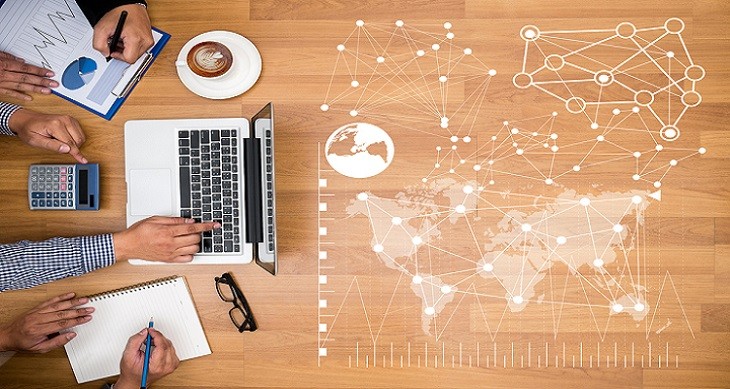
“The internet of things” (IoT) is a term coined by innovator Kevin Ashton in 1999 to describe the widespread practice of connecting physical objects to the internet. Twenty-two years later, there are approximately 30 billion connected devices, with 80 billion expected by 2025. The COVID-19 pandemic has increased IoT adoption in the last few year. This is especially true for SMEs.
Productivity-enhancing technologies benefited the most from the crisis, even as overall technology spending fell. As many businesses shifted to a distributed workforce model, businesses invested heavily in work-from-home infrastructures such as laptops, network security, collaboration tools, mobile devices, and remote IT support. Employees can communicate with machines and perform essential tasks remotely using IoT devices.
The timing couldn’t be better to use IoT devices to help optimize business operations as we all adjust to the permanent change in how we work.
How to Use IoT to Your Advantage
Industry 4.0 is powered by IoT devices. With IoT, businesses can connect millions of objects with sensors to the internet and receive valuable data and analytics.
Despite the fact that IoT applications are increasingly being used in business environments, small and medium-sized businesses are finding value in IoT applications.
Here are several ways IoT can help your company
- Boost Office Productivity
- Improving Workplace Safety
- Optimize Workflows
-
Boost Office Productivity
Productivity is one of the main reasons businesses adopt IoT. Increasing efficiency in all departments, including HR and office management, can help your company save money and increase productivity. Integrated IoT systems can manage lighting and HVAC systems to save energy and keep employees alert.
Having remote access to mobile and office devices, such as computers and printers, is another benefit of an IoT-enabled office. On a shop floor, IoT-enabled trackers are especially useful for monitoring employees who can quickly serve customers or communicate with colleagues to quickly resolve issues. In addition to reducing paperwork, tracker technology can be used to track work and meeting attendance.
-
Improving Workplace Safety
Physical security is improved by IoT smart lock systems that allow selective keyless entry and monitoring of entry and exit points. Connected cameras can be used to visually monitor offices and facilities.
Intelligent lighting systems with motion sensors can detect movement and deter break-ins, while also automatically activating in an emergency, such as a power outage, to prevent injury and improve safety.
-
Optimize Workflows
Using IoT sensors and RFID tags to automate repetitive tasks and innovate processes can streamline operations, organize inventory and logistics, and ultimately save time and money. Using Microsoft Azure Machine Learning and intelligent sensors, Hershey’s optimized factory lines and streamlined licorice production a few years ago. In addition to reducing production costs by $500,000, Hershey’s IoT system uploads data to the cloud to build predictive algorithms.
IoT can help you optimise distribution and save money by using sensors and alerts to notify managers when stock is low. It can also track employee location and area occupancy. With you can generate data that can help optimize workflows, efficiency, and resource utilization.
Moving Forward
IoT ecosystems enable customization and control of workflows and processes by automating tasks using sensors, web interfaces, and connected devices. This seemingly simple infrastructure is part of the reason IoT has been steadily gaining traction. This is changing as IoT devices redefine how we communicate, collaborate, and operate. So begins a grander vision of how interconnectedness can improve human life.